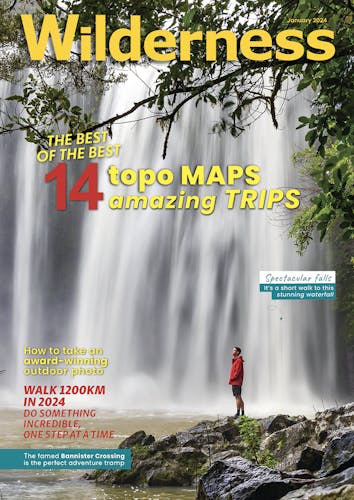Vanessa Wells has been making films for over 20 years. She’s also a veteran of three trips to Antarctica, and can legitimately claim to have a polar passion. She’s currently working on The Climate Canary, a documentary about the global significance of the frozen continent. She believes that science and art, interwoven in the medium of film, just might make a difference.
What drew you to filmmaking?
I’m an actor and voice artist by trade, and while presenting with Canterbury Television I became
more interested in what happens behind the camera. Community-based stories and social impact work
fired a real interest in documentaries because they are both creatively and socially satisfying.
How did your interest in Antarctica begin?
Growing up in Canterbury, we were always aware that Christchurch is one of the world’s few gateway cities to Antarctica. I lived close to the airport and would see those big C-17 aircraft flying in and out from Antarctica every year. I became fascinated and started going to the ‘Artists in Antarctica’ lectures, soaking everything up.
Was it long before you became an ‘Artist in Antarctica’ yourself?
It took me 30 years to come up with a good enough idea to apply (a touring educational children’s play). I was rejected the first time because they have hundreds of applications every year – everybody in the arts wants to go to Antarctica. But I talked to them about it, tweaked my application, and got in the second time.
What was it like to set foot there finally?
After 30 years of imagining what it might be like, it still exceeded all expectations. I had anticipated the cold, but there were things you don’t necessarily read in a textbook – the thinness of the air, a special sense of ‘place’ and dislocation. You genuinely feel like you are at the bottom of the world. It’s very different to anywhere else on earth that I’ve been.
Why the shift to a science-based narrative?
I was standing on the ice with oceanographer Dr Natalie Robinson as she explained how they would lower their instruments through a hole behind me, when suddenly there was a rush of air and noise and a Weddell seal breached through it.
As seals breathe out they also ‘snot out’, and I got a seal snot all down my trousers. Natalie threw her head back and laughed, and I thought, ‘This is so not what I was expecting from a scientist, there’s a story in you’. We became firm friends and The Climate Canary began.
How would you describe The Climate Canary?
Antarctica is the world’s largest climate canary (a representation of the health of the planet).
The film is about three women, all doing amazing science and mirrored by three different sections through the polar sea ice. Professor Patricia Langhorne is a sea ice physicist looking at the surface; Natalie is an expert in platelet ice, which sits underneath; and microbiologist Jacqui Stuart looks at the life within the sea ice. The fourth character in the film is Antarctica itself.
And what do you hope your film will achieve?
Ultimately I would love carbon emissions to be lowered. Realistically, one film is not going to change the world, but maybe we could change the way our audience sees the world a little bit, and how they interact with their environment. Ultimately that’s what film allows us to do: to connect at an emotional level, something other art forms often find more difficult.
– The Climate Canary is due for release in mid-2024.








